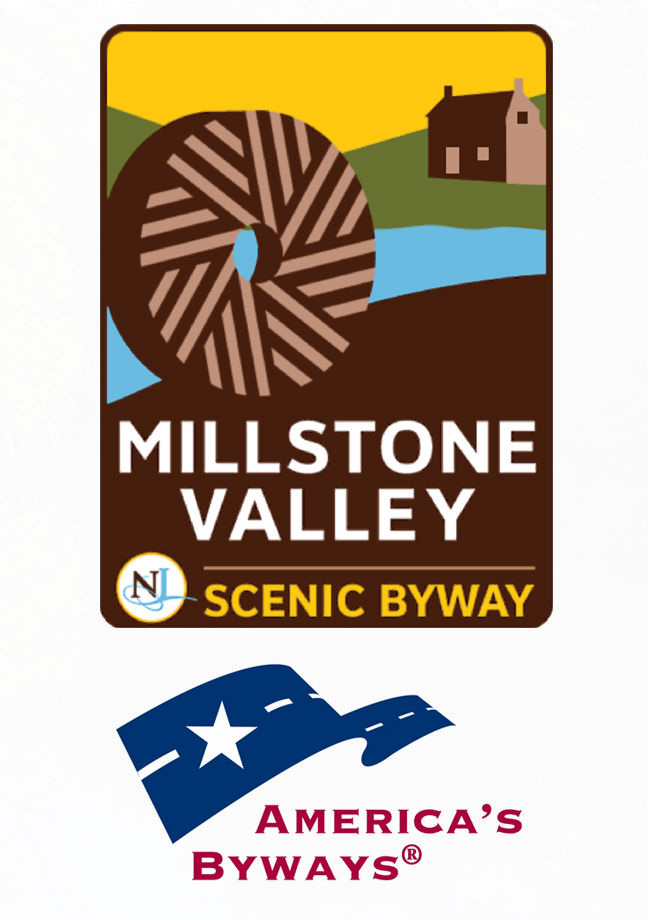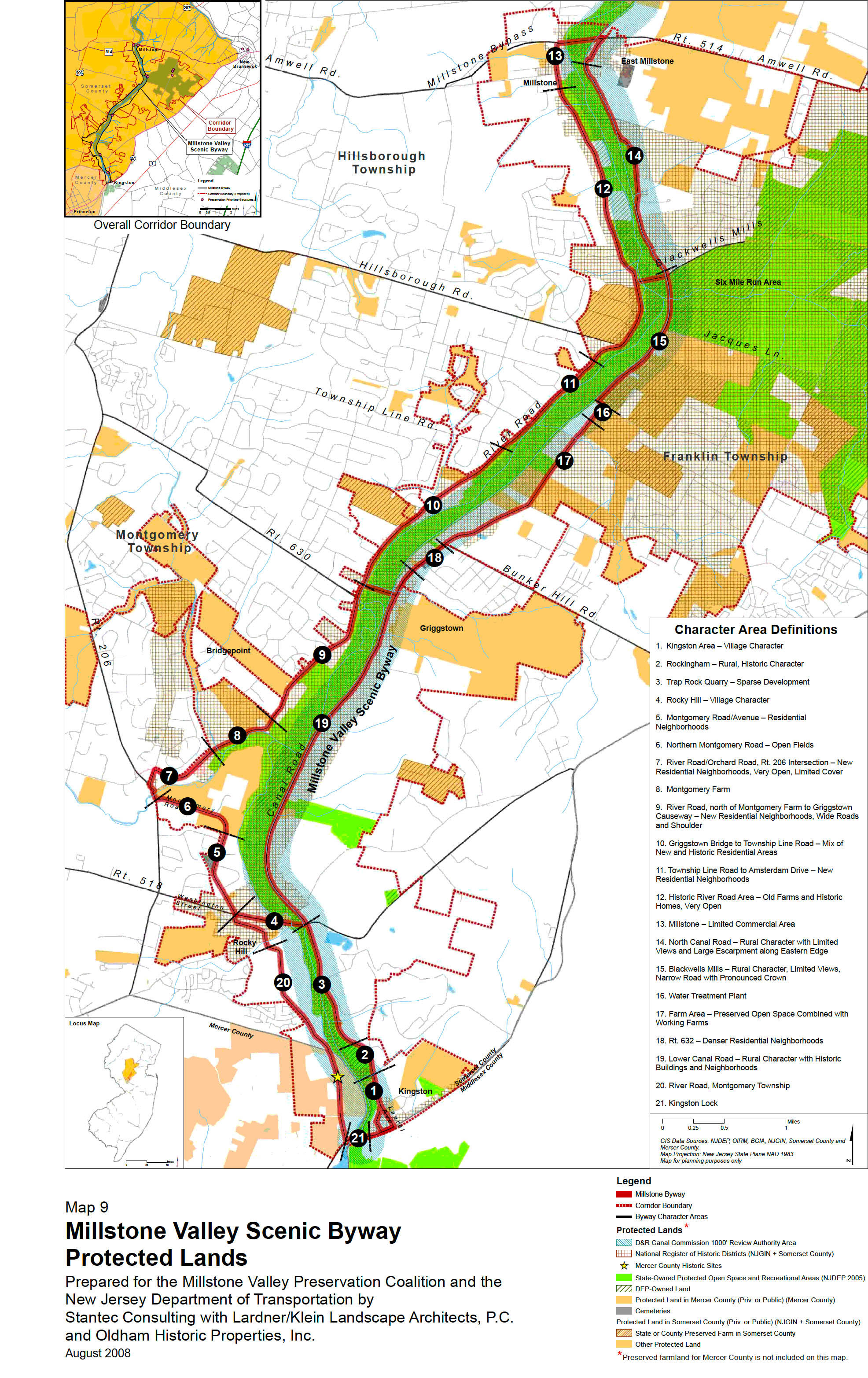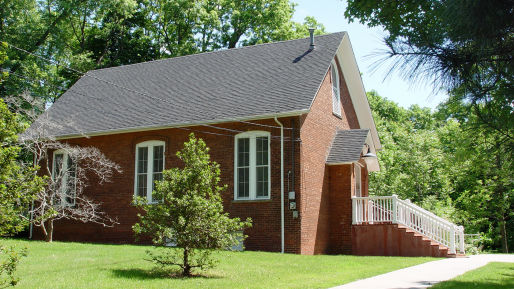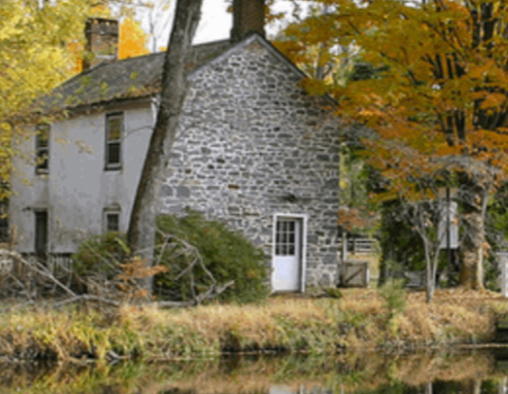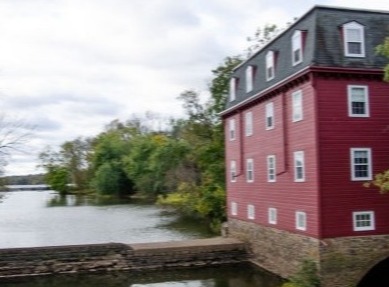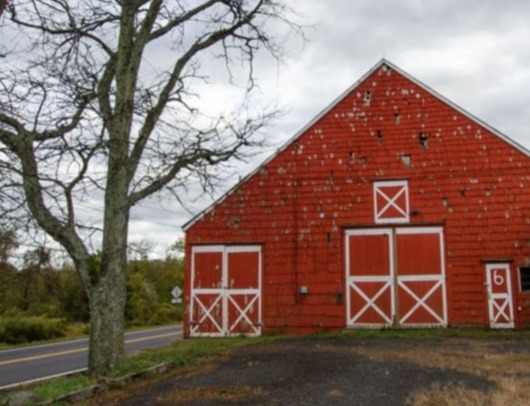TURN LEFT: South on Main Street (Route 533/Millstone River Road)
Crossing the Amwell Road Bypass (Rte. 514), you pass through the Borough of Millstone, once called Somerset Courthouse. The borough was the county seat of Somerset County from 1738 to 1784, when Somerville became the county seat.
On October 26, 1779, Colonel John Graves Simcoe led a force of 80 Tory Queen's Rangers into Somerset County from Perth Amboy. After a raid at Finderne, they continued on to Somerset Courthouse, where they destroyed Continental Army supplies, took some American officers prisoner, freed Loyalist prisoners, burned the courthouse, and several adjacent houses, and damaged the two churches.
As you leave Millstone Borough, passing the historic Hillsborough Dutch Reformed Church, note the Lenape mortar in front of the church. A Lenape village was South of the church.
